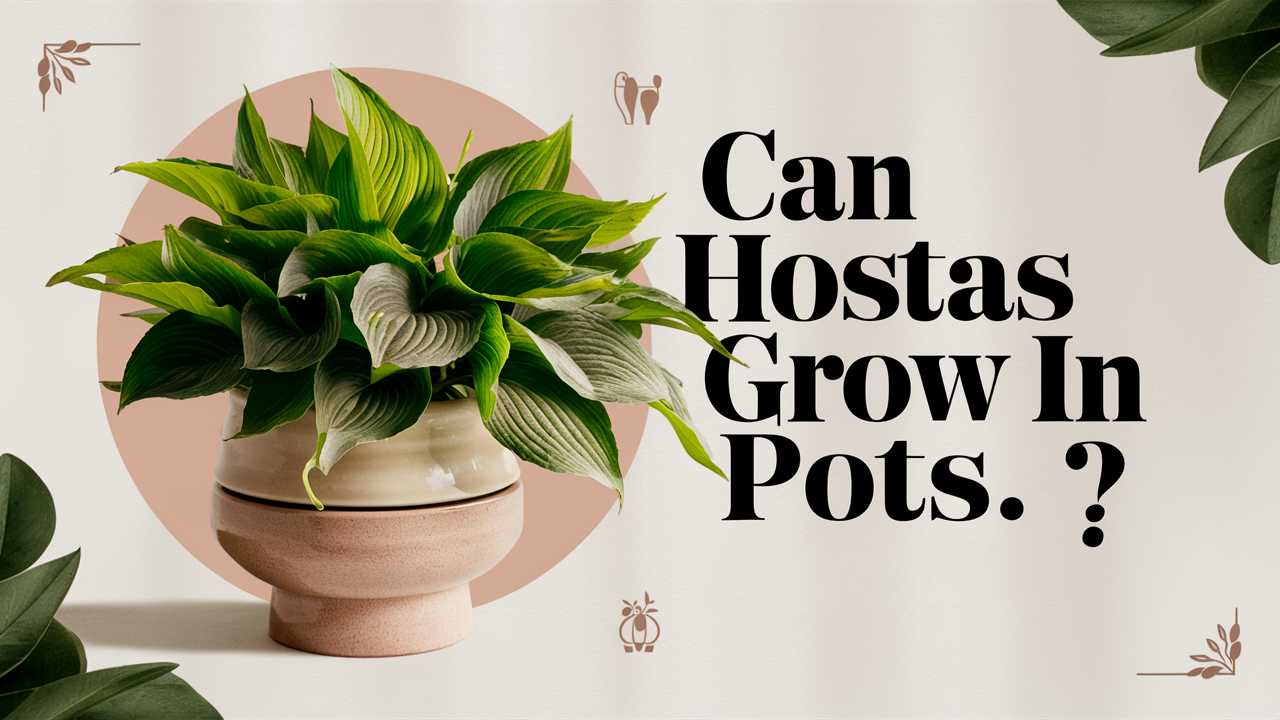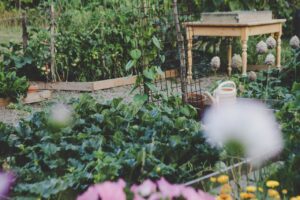In this guide, we’ll dig into all aspects of growing hostas in containers, offering helpful tips, insights, and care guidelines that will help you create a stunning display.
Understanding Hostas: Nature’s Shade-Loving Gems
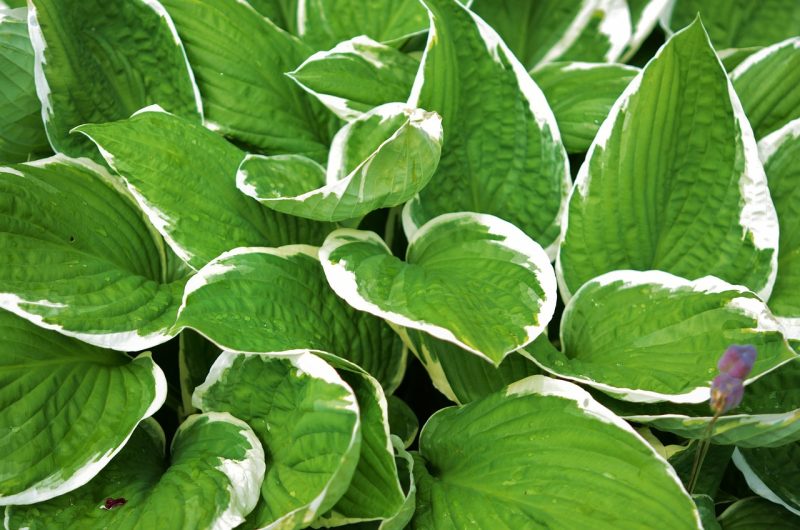
Hostas are perennial plants, meaning they return year after year, bringing life and vibrancy to your garden. Their robust nature makes them relatively easy to grow, but factors like sunlight, soil type, and watering routines greatly influence their overall success.
This adaptability begs the question: can hostas also thrive in pots? The short answer is yes, but certain considerations must be taken into account.
The Benefits of Growing Hostas in Pots
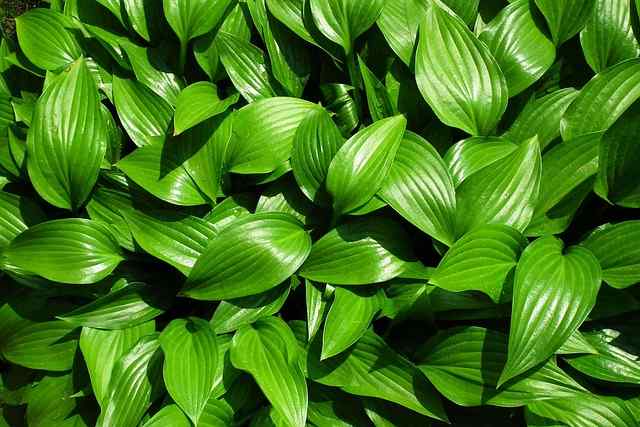
Growing hostas in pots offers an array of advantages that traditional ground planting may not provide. Here are some compelling reasons to consider pot cultivation for your hostas:
Mobility
One of the most significant benefits of growing hostas in pots is mobility. Container gardening allows you to rearrange your plants according to seasonal changes, aesthetic preferences, or even shifting sunlight patterns. In a particularly mild summer, you might find some hostas thriving in bright sunlight that they’d ordinarily retreat from in the ground. Container gardening empowers you to experiment with placement.
Space Efficiency
Not everyone has the luxury of sprawling gardens. For apartment dwellers or individuals with limited outdoor space, pots provide an excellent option for incorporating hostas into their greenery arsenal. You can cultivate hostas on balconies, patios, or small backyards.
Control Over Growing Conditions
When planted in pots, you have a greater degree of control over the soil type, watering, and nutrients. If your garden soil is too alkaline or too clay-heavy for hostas, using a high-quality potting mix ensures that they receive the nutrients they need. This controlled environment can create the perfect conditions for growth.
Enhanced Drainage
Hostas prefer well-draining soil to prevent root rot. When grown in pots, it’s easier to ensure optimal drainage by selecting containers with drainage holes and using appropriate potting mixes. This can protect your hostas from common issues that arise in heavy, waterlogged soil.
Aesthetic Appeal
Hostas make stunning statement pieces in pots. With their lush foliage and variety of colors, they can serve as focal points in your outdoor decor. You can combine hostas with other shade-loving plants or florals in containers for a visually captivating arrangement.
Selecting the Right Pot
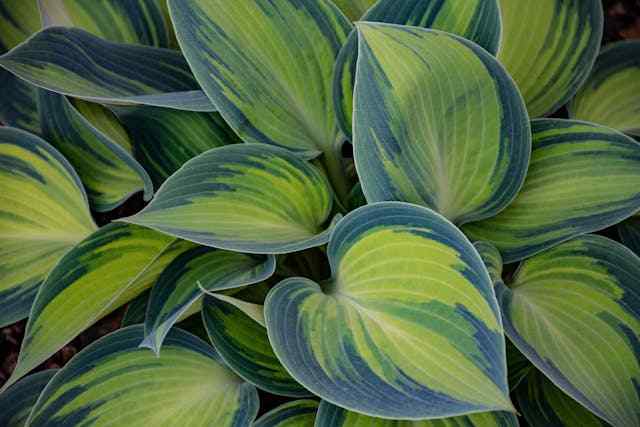
Choosing the right pot is crucial for the health and growth of your potted hostas. Here are some factors to keep in mind:
Size Matters
The size of the pot is essential. Hostas have expansive root systems, so opting for a pot that is at least 12 inches in diameter is advisable. Larger pots not only accommodate their roots but also help retain moisture, which is crucial for their wellbeing.
Material Choice
Pots come in various materials, including plastic, clay, and ceramic. Each has its own benefits. For example, plastic pots are lightweight and retain moisture well, while clay pots breathe better, allowing air to reach the roots. Consider your climate and environment when making a decision. In warmer regions, clay pots can help prevent overheating, while plastic may be the better choice in cooler climates.
Drainage Holes
Ensure your container has proper drainage holes. While many plant lovers might overlook this detail, it’s vital for preventing root rot. If your chosen pot doesn’t have drainage holes, consider drilling some or selecting another pot.
Aesthetics
Finally, remember that pots can add to the visual appeal of your garden. Choose containers that complement the design of your home or landscape. Whether you prefer a rustic look or something modern, there’s a style out there that will highlight your hostas beautifully.
Soil Selection
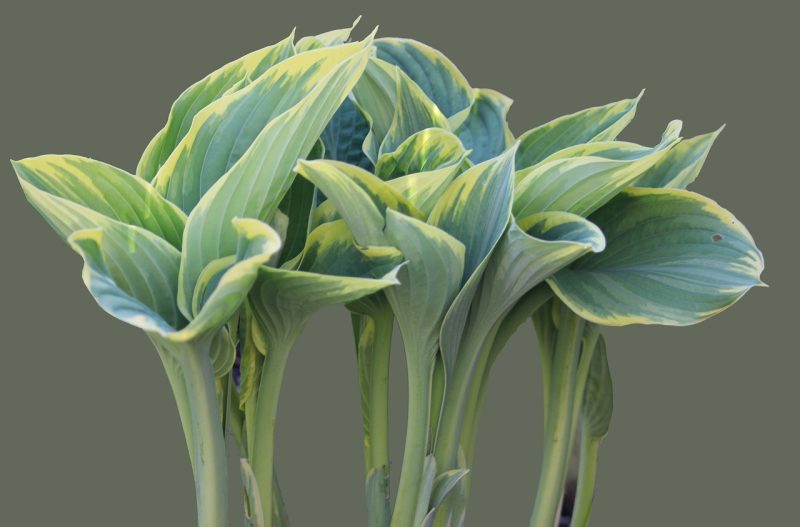
Soil is one of the pillars of successful gardening. For hostas in pots, the right mixture will make all the difference in ensuring healthy growth.
Use a High-Quality Potting Mix
Choose a potting mix that is rich in organic matter. Many commercially available potting soils are formulated for a range of plants, but look for one specifically designed for perennials or shade-loving plants. This ensures nutrient availability and proper drainage.
Consider Custom Soil Mixes
If you’re feeling adventurous, you can create your own potting mix. Combine equal parts of peat moss, compost, and perlite or coarse sand. This blend provides excellent drainage while maintaining moisture—ideal for hostas that enjoy consistent moisture without sogginess.
pH Balance
Hostas prefer slightly acidic to neutral soil, with a pH level between 6.0 and 7.0. You can test the pH of your chosen potting soil with an inexpensive kit available at garden centers. If necessary, add amendments to adjust the pH. For more acidity, incorporate sulfur or peat moss.
Watering Your Potted Hostas
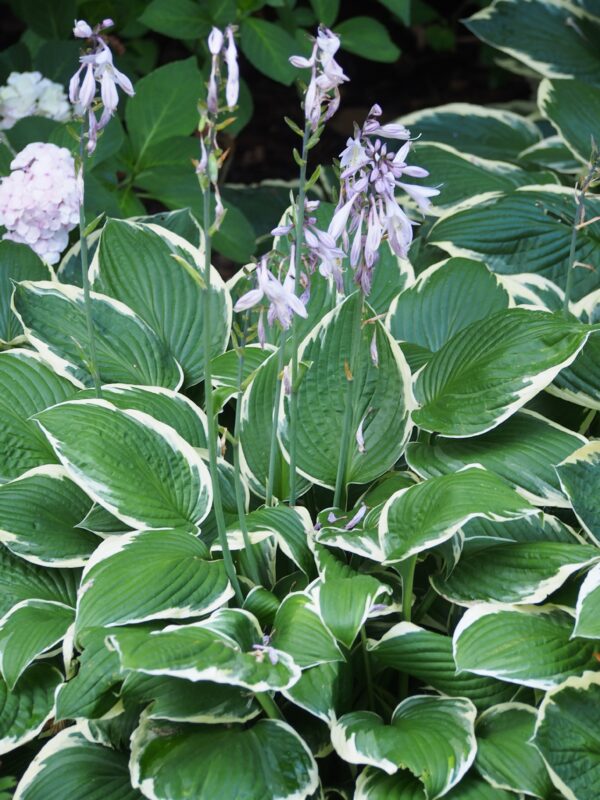
Watering is a fundamental factor that can dramatically influence the growth of your potted hostas. Here are some essential tips for keeping their moisture levels just right:
Monitor Moisture Levels
Hostas enjoy consistently moist soil, but they can’t tolerate waterlogged conditions. To strike the right balance, check the soil moisture regularly. Insert your finger about an inch into the soil; if it feels dry, it’s time for a drink. If it’s still moist, wait a few more days before watering.
Watering Techniques
When watering, it’s best to use a gentle spray or a watering can with a fine spout. This allows you to thoroughly moisten the soil without disturbing the roots. Aim for the base of the plant to prevent splashing on the leaves, which can foster fungal diseases.
Environmental Factors
Keep in mind that environmental factors substantially affect your hostas’ water needs. During hot summer days, you may need to water more frequently, while cooler months or cloudy weather might call for less watering.
Signs of Overwatering or Underwatering
Familiarize yourself with the signs of overwatering (yellowing leaves, root rot) and underwatering (wilted, brown edges on leaves). Identifying these signs early can save your hostas from decline.
Fertilizing for Success
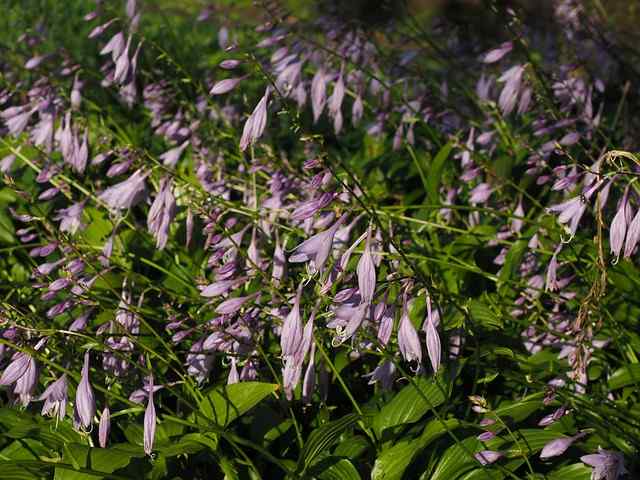
Nurturing your potted hostas with the right nutrients will promote vibrant growth and flowering. Here’s how to fertilize effectively:
Timing is Key
Hostas thrive best with a balanced fertilizer in the early spring when they emerge from dormancy. This gives them a nutrient boost to kickstart new growth.
Organic Options
Organic fertilizers, such as well-rotted compost or worm castings, can provide slow-release nutrients that hostas crave. Just be cautious of over-fertilizing, which can burn the roots and hinder growth.
Liquid Fertilizers
If you’re using a liquid fertilizer, dilute it to half strength and apply every four to six weeks during the growing season. This approach can provide a consistent nutrient supply without overwhelming your hostas.
Avoid Late-Season Fertilization
Be cautious about fertilizing late in the growing season. Fertilizing too close to fall can encourage tender new growth that may not survive the winter. Instead, taper off your fertilizing routine by mid-summer to allow hostas to prepare for dormancy.
Understanding Light Requirements
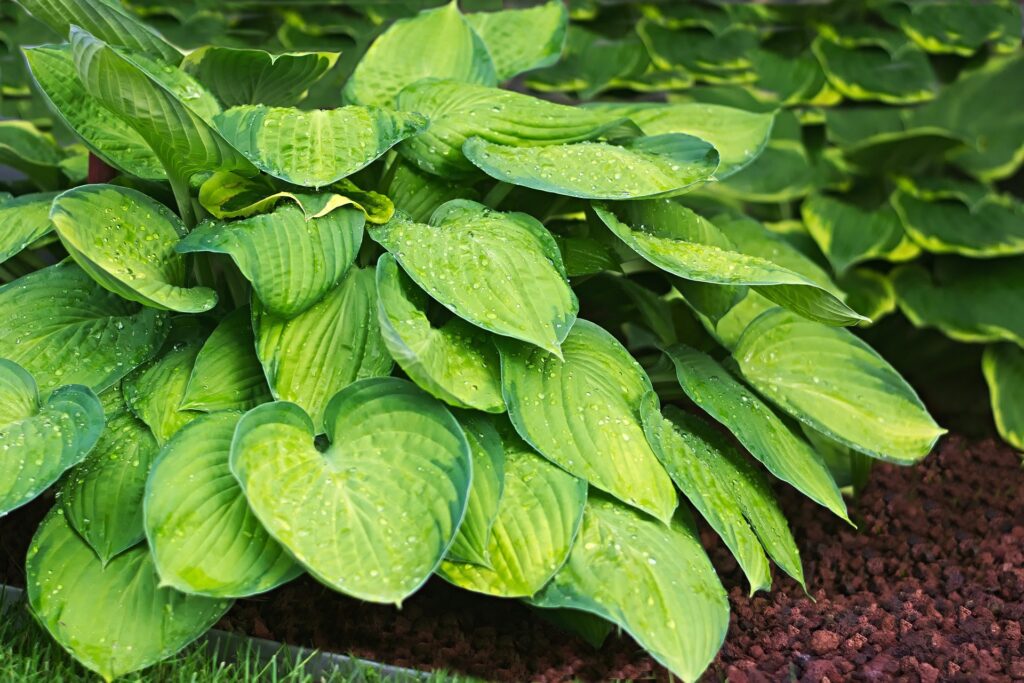
Hostas are primarily shade-loving plants, but understanding their specific light needs can make a significant difference in their growth:
Light Levels
Most hostas thrive in partial to full shade, but some cultivars tolerate more sun, particularly those with blue or thicker leaves. Be sure to research the specific varieties you plan to grow.
Adjusting Location with Seasons
The position of your pots may need to change throughout the year. For example, hostas placed in dappled sunlight in early spring can be moved into deeper shade as summer temperatures rise.
Observe Your Plant
Regularly inspect your potted hostas for any signs of light-related stress. If you notice burnt leaf edges or stunted growth, consider moving them to a more shaded location.
Pests and Diseases: Keeping Your Hostas Healthy
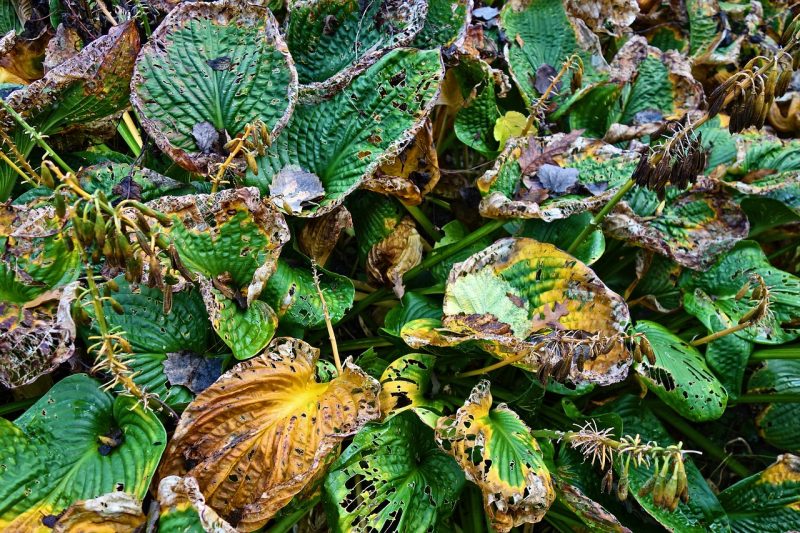
Like any plant, hostas are susceptible to various pests and diseases. Being proactive can ensure your potted hostas thrive:
Common Pests
The most notorious pest for hostas is the slug. Slugs thrive in moist environments and can severely damage leaves. Using diatomaceous earth or creating barriers with copper tape around your pots can be effective control methods. Additionally, you can set up beer traps to lure and drown slugs.
Fungal Diseases
Overwatered hostas can face fungal diseases, such as powdery mildew. To prevent this, ensure proper air circulation around the plant and avoid wetting the leaves while watering. If disease does strike, consider using organic fungicides as a treatment.
Regular Monitoring
Keep a close eye on your hostas, regularly checking for unusual spots on leaves or any signs of wilting. Early detection is key to managing and treating any infestations or diseases before they escalate.
Preparing for Winter
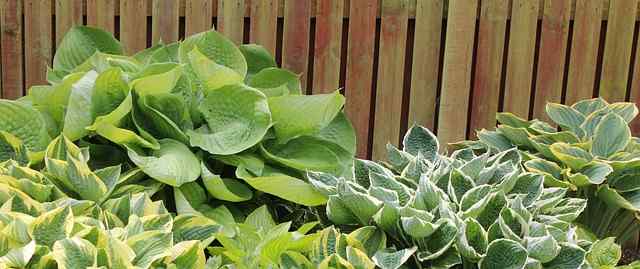
In many regions, hostas will go dormant in winter. Preparing your potted plants for the cold months will enhance their chances of surviving and thriving in the following growing season.
Bring Them Indoors
If you live in a colder climate, consider bringing your potted hostas indoors for winter. Place them in a cool, dark area like a garage or basement.
Mulching
For containers that remain outside, add a layer of mulch or straw on top of the soil to insulate the roots from freezing temperatures. This insulation helps maintain soil temperature and moisture levels.
Reduce Watering
During dormancy, hostas require significantly less water. Check the soil periodically, ensuring it remains slightly moist but not soggy.
Protecting from Frost
Be mindful of extreme weather forecasts. You can wrap your pots with burlap or move them together in a sheltered area to protect them from harsh winds and frosts.
Conclusion: A Container Full of Possibility
In sum, hostas can undeniably thrive in pots, allowing gardeners of all backgrounds to enjoy their lush beauty. With a little planning, the right materials, and consistent care, potted hostas can make a beautiful addition to your garden, balcony, or patio. Their ability to transform a space is unmatched, bringing life to shaded areas and delighting the senses with their unique textures and colors.


